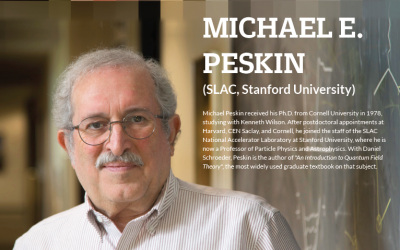Thirty-five years after it was postulated as a key component of the theory of weak interactions, the Higgs boson was discovered at the CERN Large Hadron Collider in 2012. Since that time, many decay modes of the Higgs boson have been observed, indicating couplings of the Higgs boson in good accord with the simplest theoretical expectations. The measurements suggest that the Higgs field has a nonzero amplitude everywhere in space. This field value, which gives mass to all known elementary particles, was the result of a phase transition in the early universe. However, we should not be complacent. We do not know why this phase transition occurred. This is now a central mystery of elementary particle physics, since explanations for the Higgs field phase transition require new, hidden, particles and forces at distances smaller than those we have explored so far. In this colloquium, I will describe what we know about the Higgs boson and what we can learn about its mysteries from future, high-precision, measurements of the Higgs boson's interactions.
Distinguished Lectures


